According to connoisseurs, serving quality wine in the appropriate glass will deliver the full flavour and subtle aromas for a complete sensory experience. Every variety of wine is matched with a specific glass to showcase the wine’s colour and body, and the glassware you choose will help guests perceive you as either a consummate host or a novice entertainer. Either way, acquiring a beautiful set of wine glasses can be as rewarding as the wine tasting itself, and is a great step forward in your level of wine appreciation.
When you are ready to purchase your first set of wine glasses, it can’t hurt to be a little selfish. What kind of wine do you usually like to drink? Why not buy a set that matches your preference and then branch out from there when you are ready for serious entertaining. When all is said and done, and at the risk of offending wine buffs, you can cover most wine drinking occasions by purchasing just two sets of glasses: one set for red wine and one set for white wine. Over time, you might like to accumulate an entire collection of around 18 different wine glass varieties, or even purchase a delicate crystal set for those extra-special occasions.
Before we continue, just letting everyone know that as an Amazon Associate I earn from qualifying purchases and I use that income to operate the blog.
Components of a wine glass
In itself, a wine glass is attractive, but there is much more to the design, and every feature serves a unique purpose in presentation and wine appreciation.
- The foot (base): A classically designed foot is elegant, allowing the glass to stand tall while showcasing the wine above other paraphernalia on the table.
- The bowl: Here is where you will discover the obvious variations between wine glasses. However, one feature that is consistent among wine glasses is a tapering toward the top opening which is narrower than the bottom. This design captures the essential aroma of the wine and directs the scent and flavour to your mouth and nose. You will also notice a huge variation in the bowl size of different wine glass styles for containing the appropriate wine volume comparative to the surface area of the glass. Red wine glasses are broad and wide, allowing the wine to breathe, while white wine is suited to a smaller glass. Champagne flute glasses are narrow, facilitating long-lasting carbonation and effervescent bubbles.
- The rim: As there are different types of wine glasses, there are also different ways to sip and enjoy wine. Most wine drinkers prefer a thin cut and smooth rim with less glass to distract from the pleasure of tasting. Some people, however, prefer a rolled rim that assists with a pouring sensation past the lips and limits the chance of any embarrassing red wine dribbles.
- The colour: Avid appreciation of quality wine is best when it is served in perfectly clear glasses that allow the subtle beauty of the wine to show through. Many people prefer simple clear glass to etched crystal for this very reason.
Choosing crystal or glass
Starting with the basics: all crystal is made from glass, but glass is usually not crystal. It’s the lead content that determines whether the vessel is crystal or glass. This lead content is the reason crystal is heavier than regular glass, and also the reason crystal glassware is softened enough to allow cutting or etching with intricate designs and patterns.
Crystal also diffracts light; an effect that is stunning, but one that can also be a hindrance for full appreciation of the wine’s appearance. However, crystal fans will declare that good wine always tastes better out of a crystal glass. Much of today’s crystal glassware is actually unleaded, primarily due to potential for lead leaching and associated health concerns. These newer crystal glasses contain the same refractive properties as traditional lead-based crystal glasses, but are lighter in weight due to the alternative oxides used. Cost is a barrier for purchase of the highest quality crystal glasses, which are also fragile and prone to break easily. Unless you have money to burn, it might be better to invest in higher quality wine, and drink from suitable and appropriate wine glasses.
Glasses for specific wine varieties
The bowl of a wine glass should be of sufficient size to accommodate a fair measure poured, and have enough space to allow gentle swirling of the wine. The swirling motion releases aromas that add to the scent and taste experience.
Although stemless glasses are becoming popular for ease of use and are less prone to be knocked over and broken, wine appreciation is superior with a stemmed glass. Cultured wine drinking involves holding the glass at the stem and avoiding unsightly fingerprints on the glass bowl. This also ensures that your warm hand won’t increase the temperature of the wine and affect the taste.
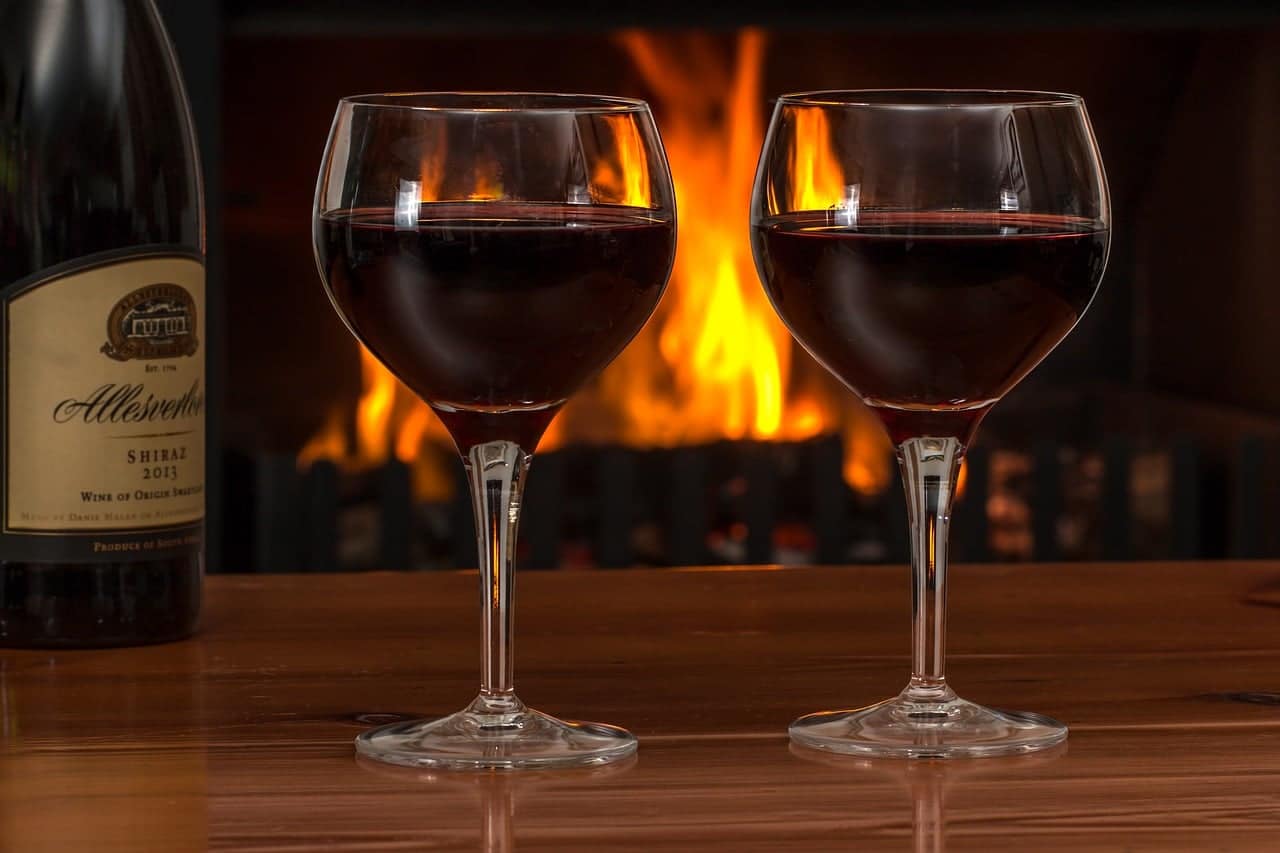
Red wine glasses
Red wine is best appreciated when it is served in a large glass with a full and round opening that can accommodate both lips and nose for detecting subtle nuances and aromas. The larger opening and increased surface area also allows the wine to come in contact with more air, further enhancing the flavour.
Bordeaux glasses are taller than regular red wine glasses, but have a smaller bowl. This shape allows the flavour of heavier red wine to interact directly with taste buds and maximise flavour. Another red wine glass variety, the Burgundy glass, is the preferred choice for light yet full-bodied wines. Pinot Noir is a wine suited to this glass, which is shorter and wider than the Bordeaux glass, allowing more contact between the wine and the tip of the tongue.
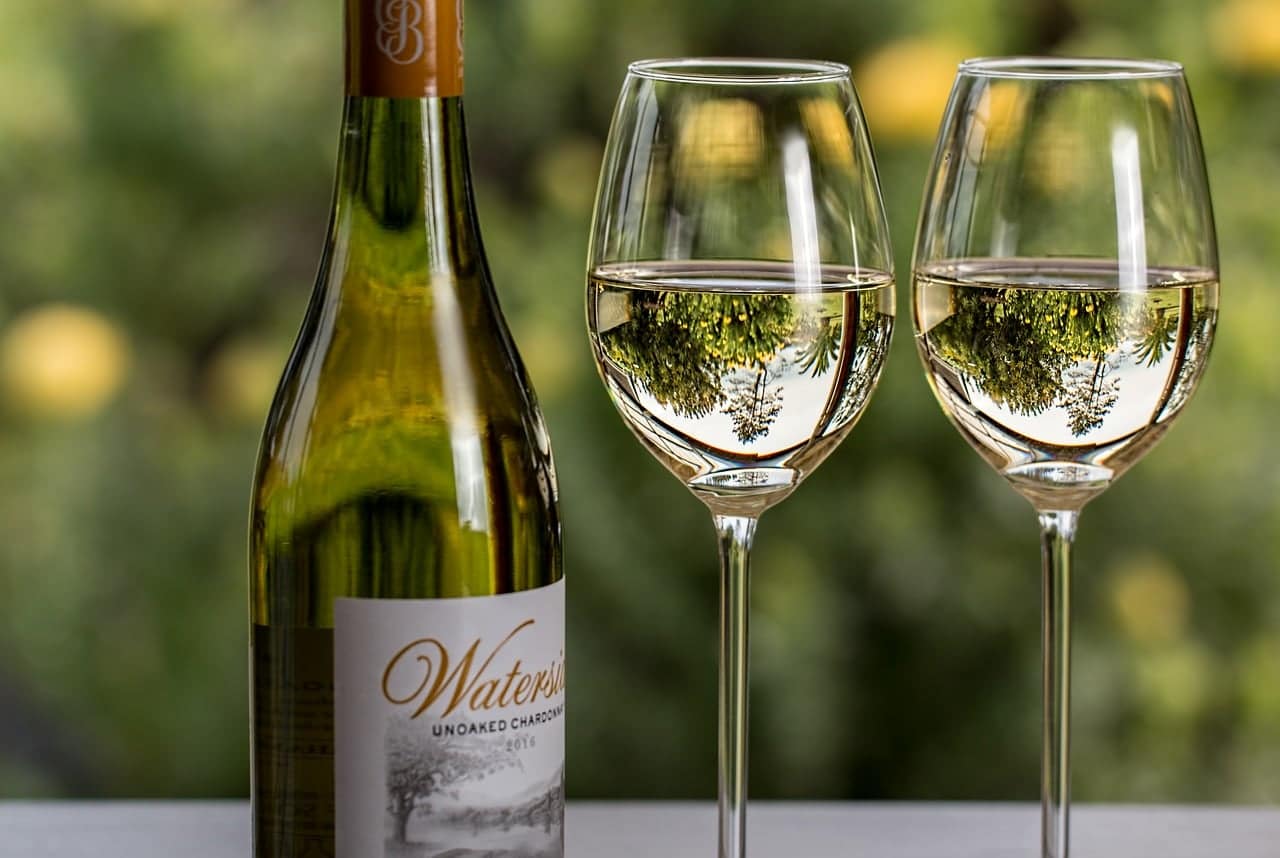
White wine glasses
White wine glasses are narrower than those used for drinking red wine. One reason for this is that white wine is generally served cold or cool, and the U shaped white wine bowl will create less surface area for warming air to affect the wine’s temperature.
As with red wine, there are abundant white wine glass options, all with their individual characteristics. Younger white wines are preferably drunk from a glass with a larger opening to ensure the tip and sides of the tongue come in contact with the wine and sweetness can be appreciated. For bolder and more mature white wines a taller, less curved glass is best. This will deliver the wine toward the back of the tongue where stronger flavours are enjoyed.
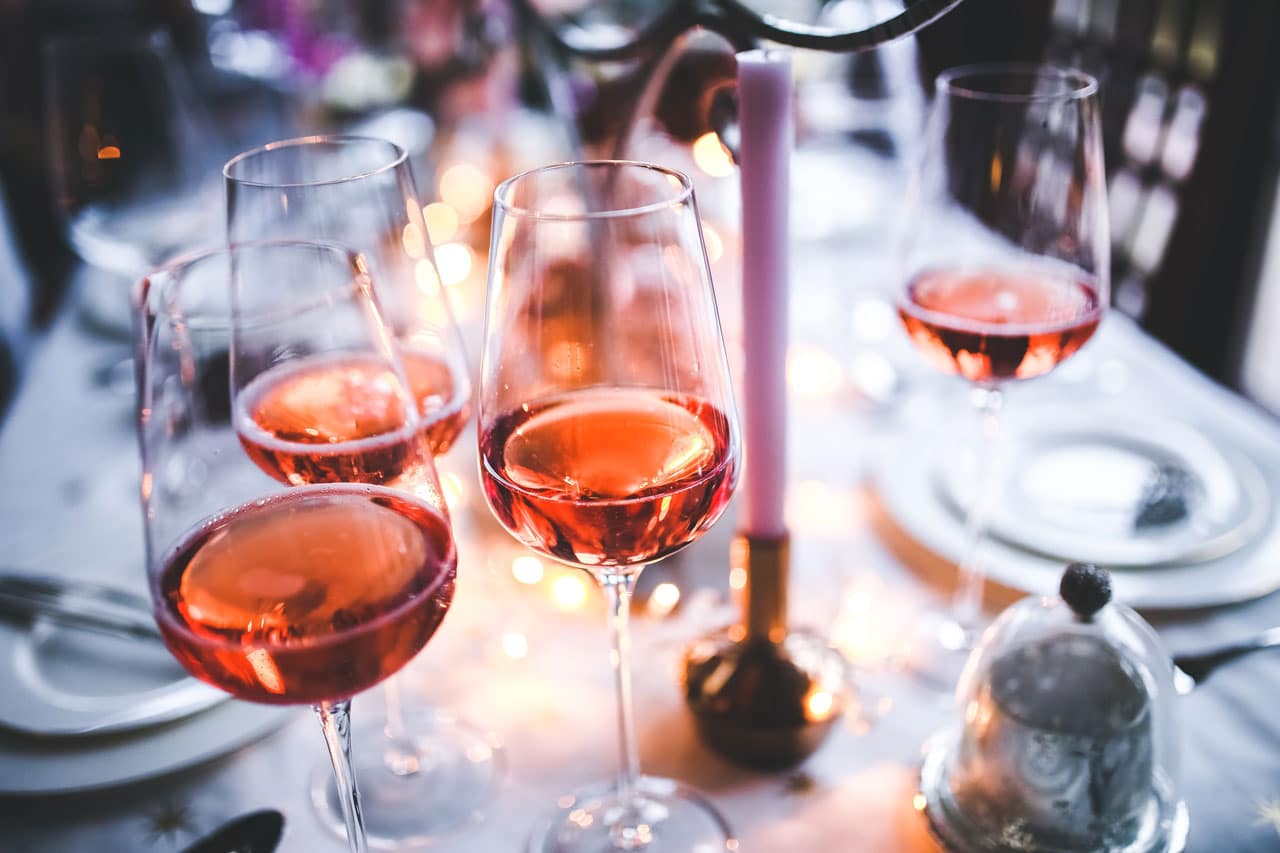
Rose wine glasses
These blush-pink coloured wines are produced by including the grape skin for a short time during the fermentation process. Another method of achieving this colour is by blending red and white wine together. Rose wine can vary from medium-sweet to extremely dry.
You might be familiar with the attractive style of glass that has a flared lip. These are a preferred rose wine glass, as they facilitate the wine running pleasantly over the tip of the tongue, promoting the sweet flavours and diminishing any bite. Another suitable glass style are those that are quite stemmed, with minimal taper and a short bowl. However, rose wine has many characteristics found in white wine, including the fermentation process, and a white wine glass will suffice for most rose wine drinking occasions.

Dessert wine glasses
As the name implies, dessert wines are most often served with a sweet dessert. As such, an appropriate dessert wine will be one that is sweeter than the dessert itself. Dessert wine glasses are small enough to direct the wine toward the back of the mouth where the sweetness won’t overwhelm the taste buds. These wines typically have a high alcohol content, making the smallish glass a sensible choice. For the same high alcohol reason, fortified wine (wine blended with liquor) is also best served in a smaller glass.
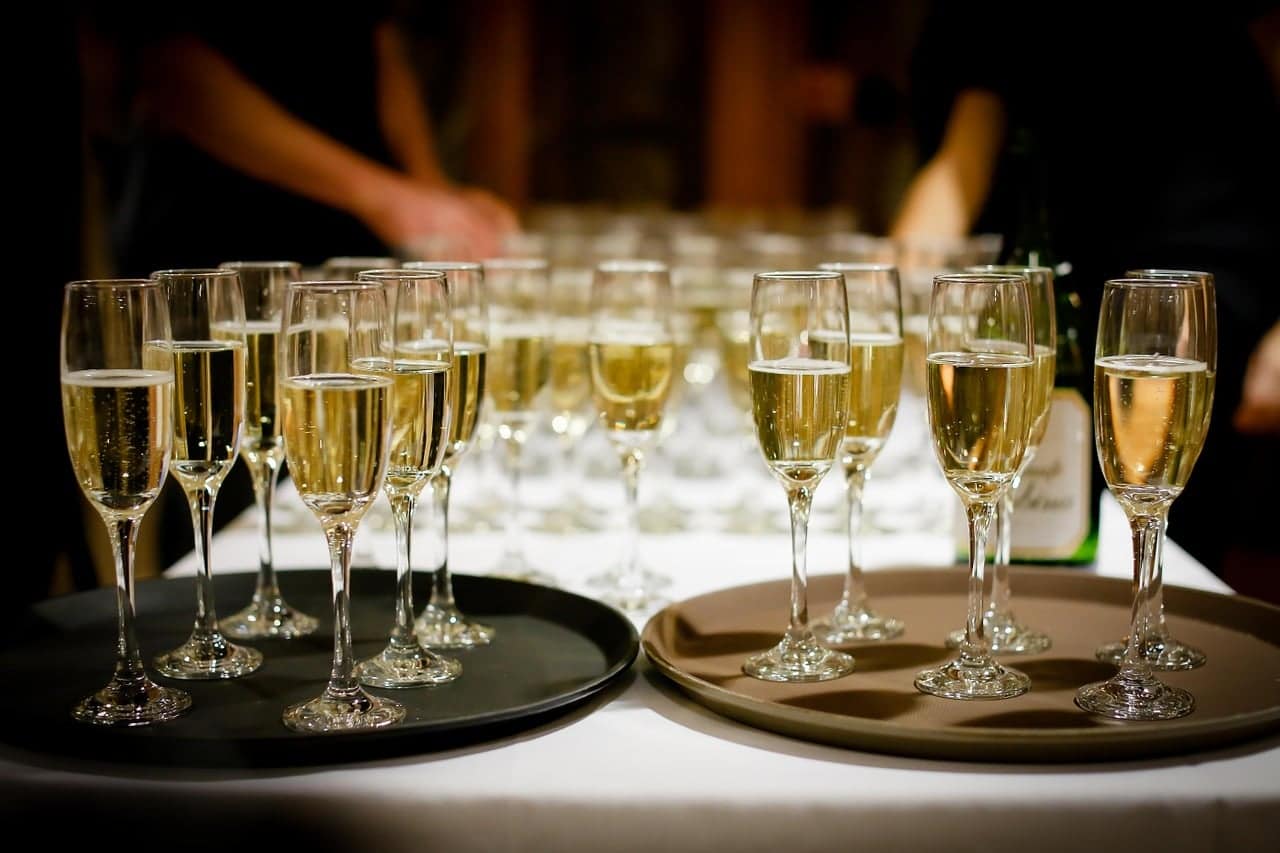
Sparkling wine (champagne) glasses
The effervescent fizz and bubble of champagne is caused by carbonation in a natural function of fermentation. These attractive, celebratory wines should be drunk from a champagne flute that retains carbonation, contains the flavour, and dissuades excited bubbles from irritating the nostrils.

Stemless wine glasses
Imagine a traditionally shaped wine glass without a stem or foot and you will picture a stemless wine glass. Although often seen as a no-no by refined wine drinkers, stemless glasses provide a contemporary style that delivers functionality and limits breakage, especially at gatherings that lean toward the unabashed party-style. Drawbacks include the glass appearance diminished by fingerprints and the wine prematurely warmed by the hand’s touch. Although practical, a stemless glass won’t optimally showcase quality wines to their greatest advantage, and might seem a little too middle-class for some culture buffs.
A collection of quality wine glasses is a fine decorative feature in any well presented home, and they make an interesting talking point among friends. Although ornamental china cabinets are somewhat old-world, my guess is that even as children, most of us were attracted and impressed by the beautiful crystal and glassware ornaments being showcased. Style and fashion always comes full circle, and just as a prestigious vintage wine can fetch many thousands of dollars, so can an ornate glassware set. Just remember to bring them out on appropriate occasions, and keep them locked away from unappreciative children or drunken stumble-bums on a drinking binge.

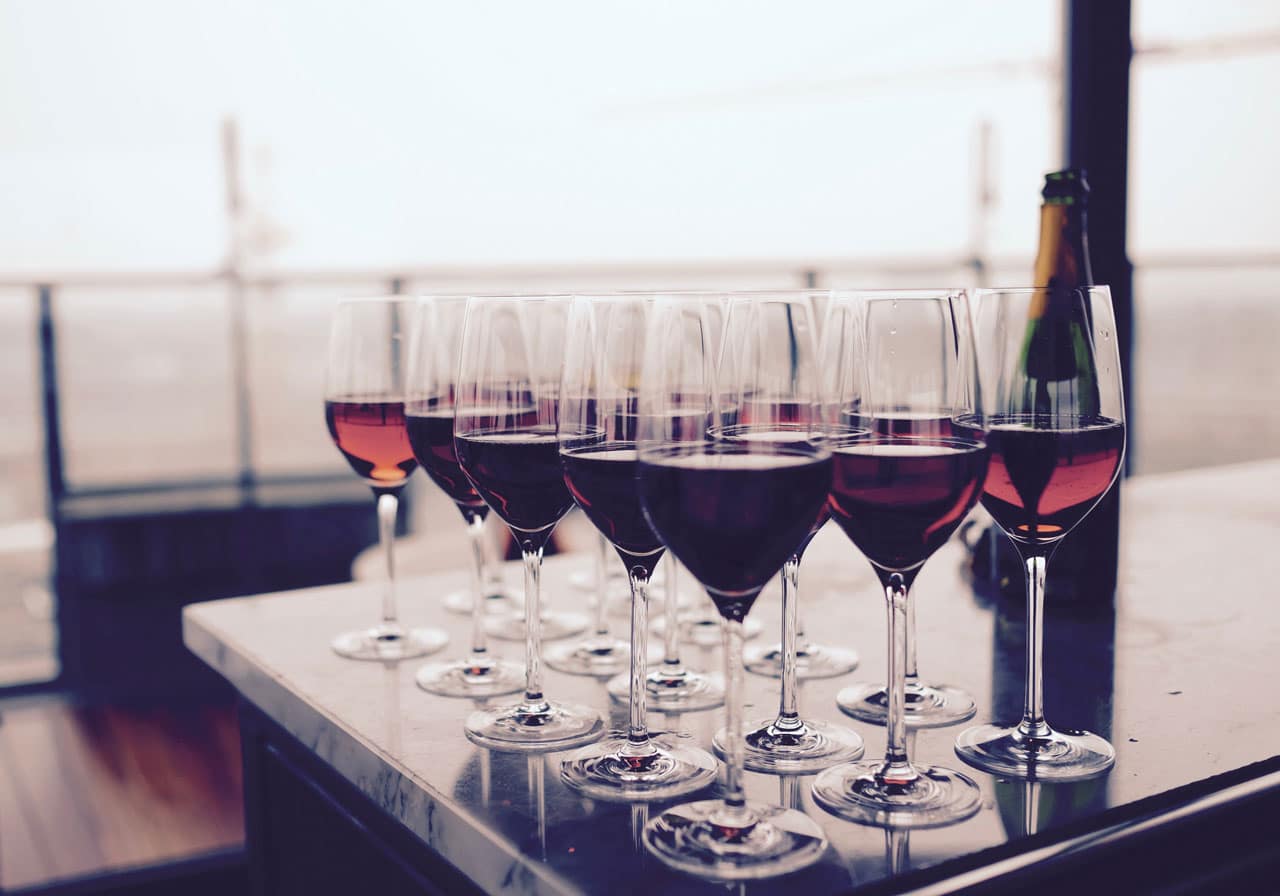


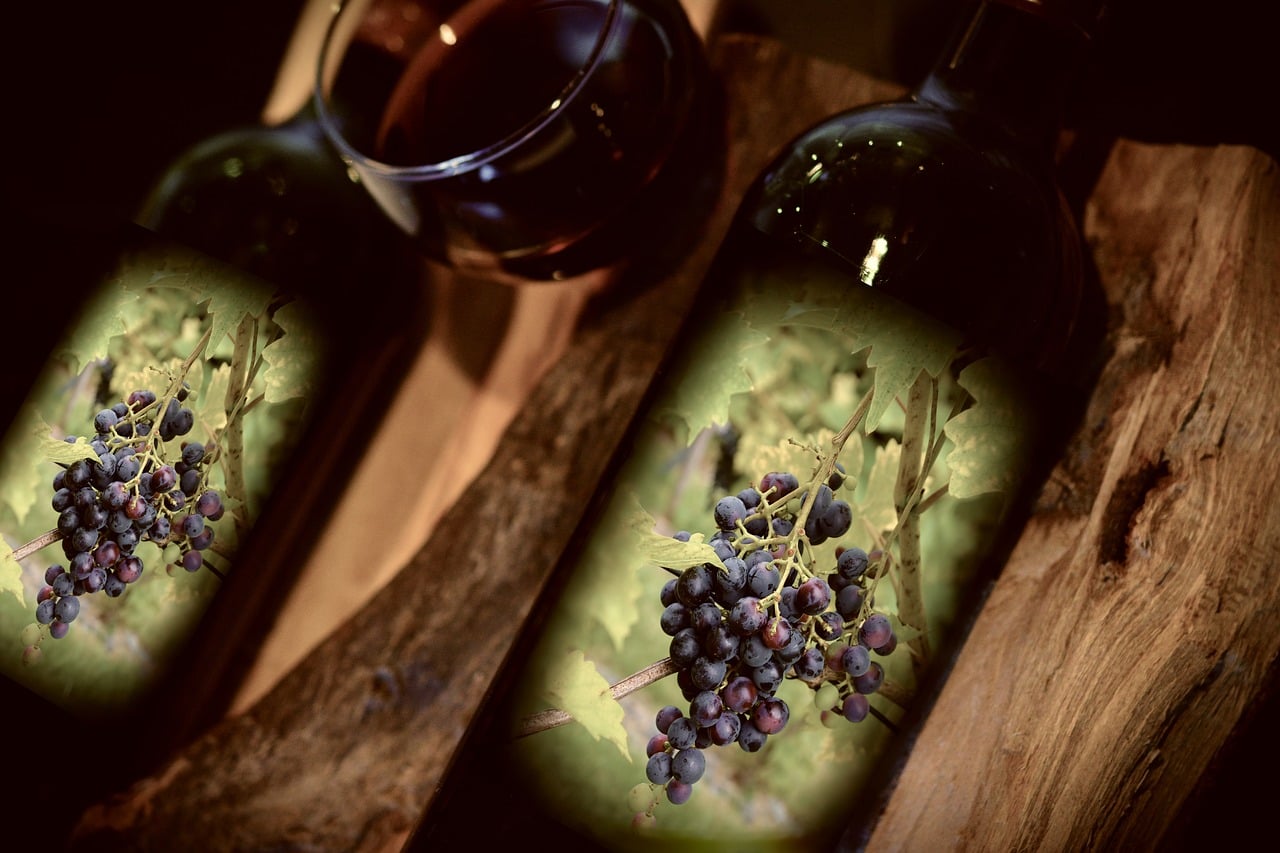


1 Comment
Hey. Nice man. I never knew about wine glasses, I have read about wines and types of it but never about wine glasses and its importance. Really appreciatable. Thanks for sharing.